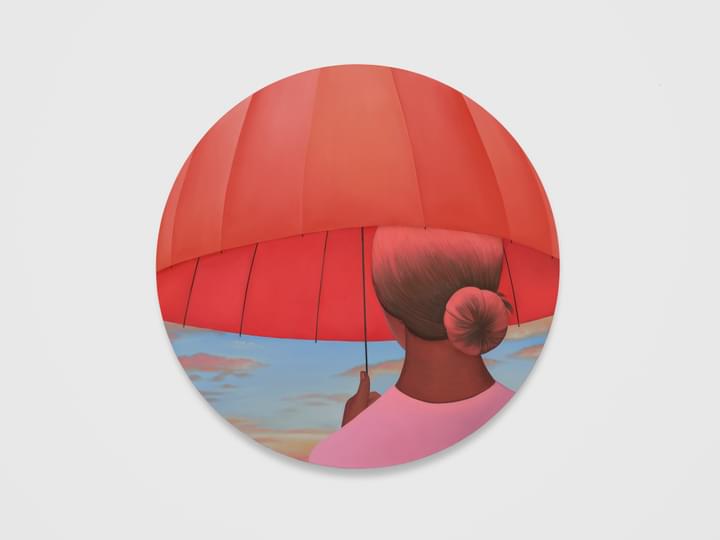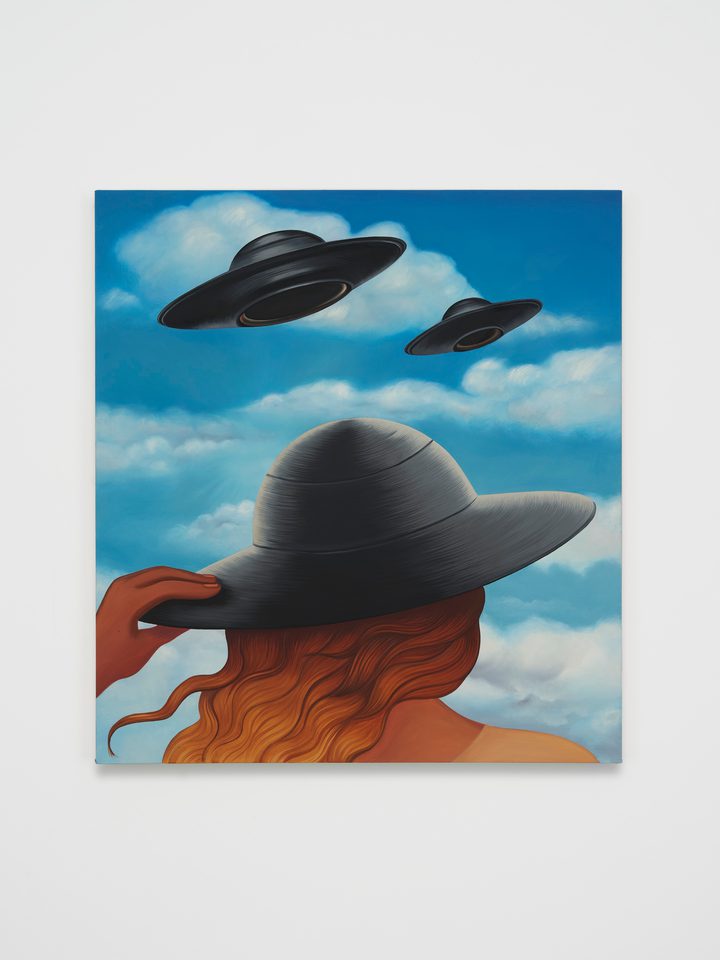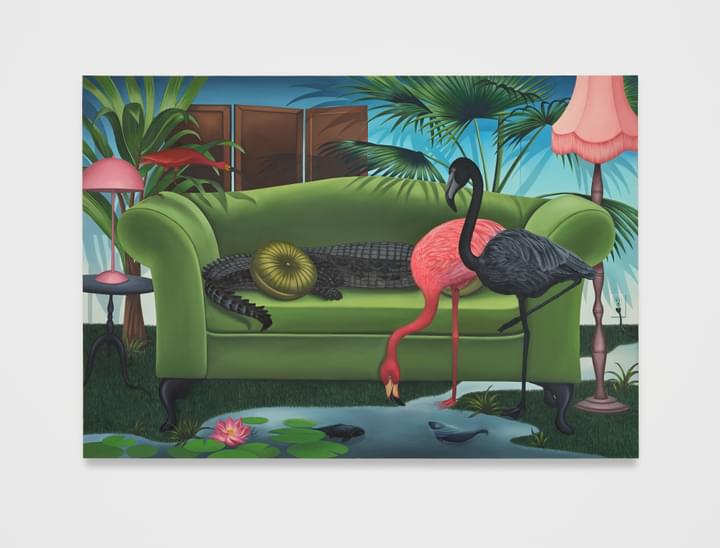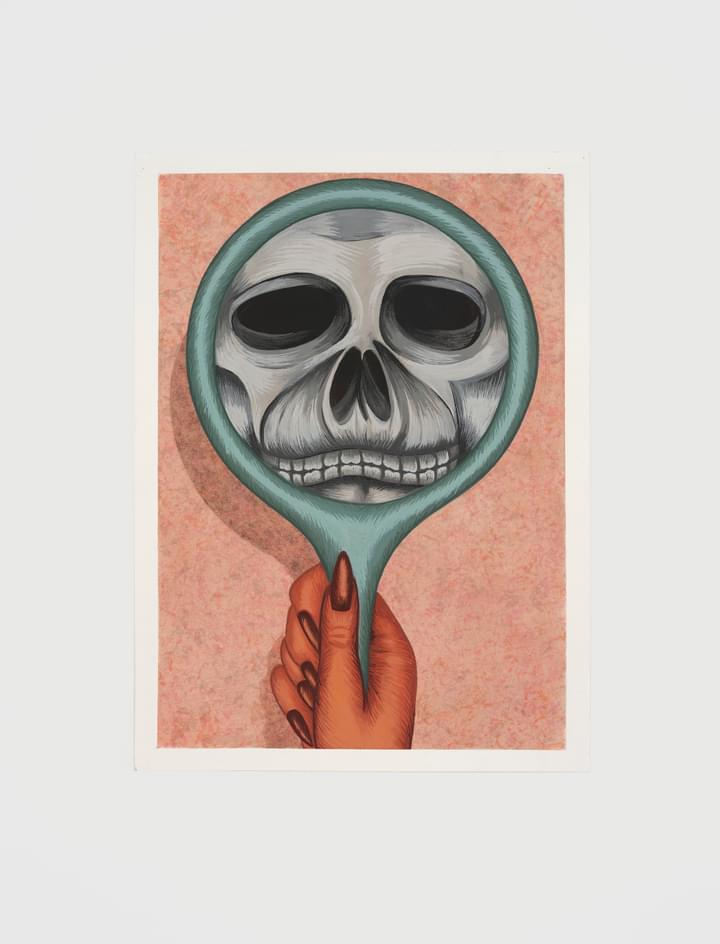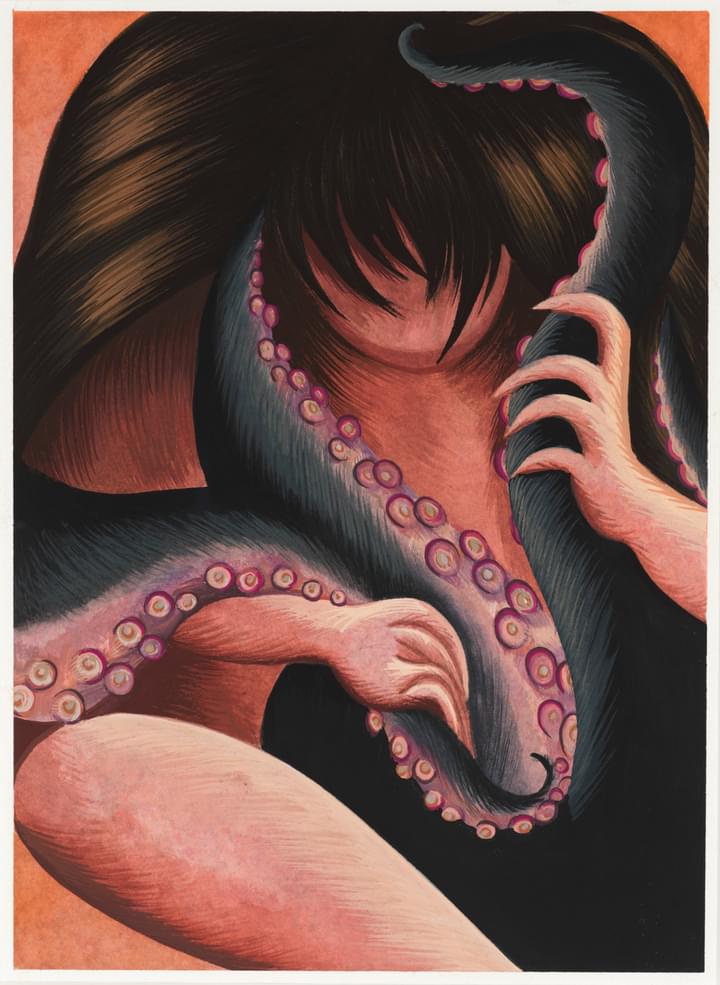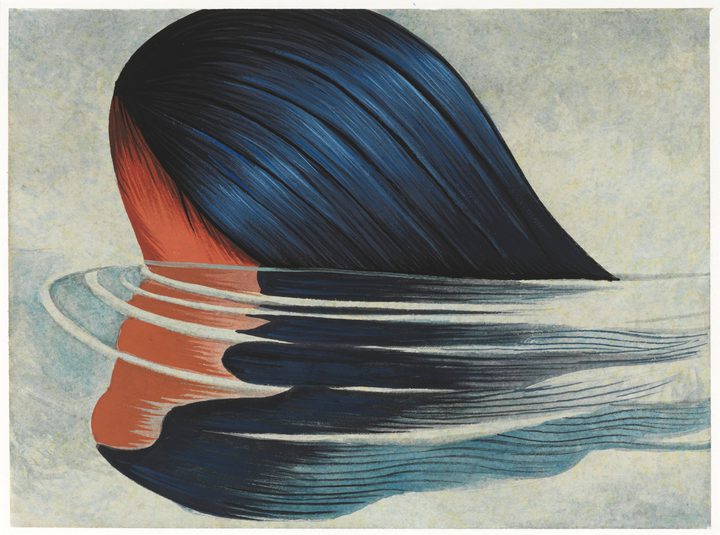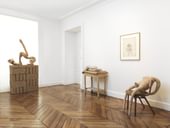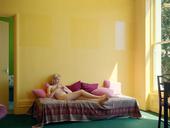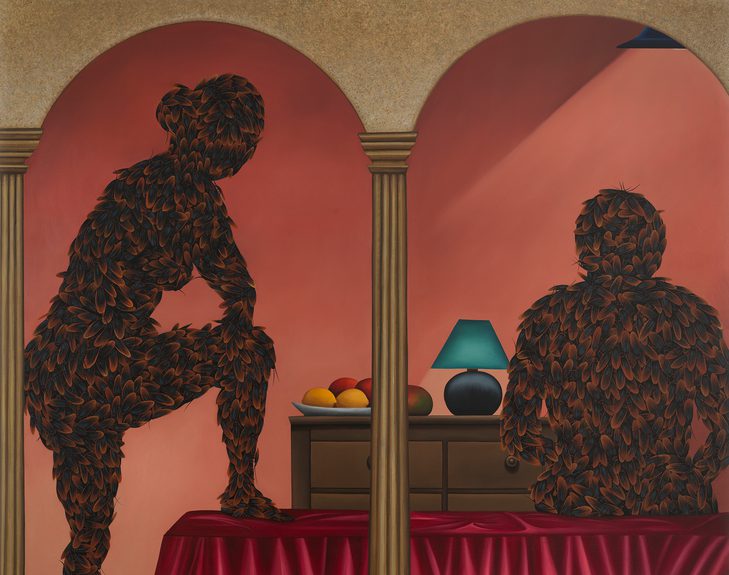
Altered States, 2021
Julie Curtiss
Lives and works in Brooklyn
B. 1982
Artworks

Contact us about available Julie Curtiss works
Exhibitions
Gallery Exhibition
Julie Curtiss
Maid in Feathers
5 November 2025 – 10 January 2026
Gallery Exhibition
Julie Curtiss
Bitter Apples
21 September – 11 November 2023
Gallery Exhibition
Earthseed
Julie Curtiss, Loie Hollowell, Marguerite Humeau
18 October 2022 – 21 January 2023
Gallery Exhibition
Julie Curtiss
Monads and Dyads
14 May – 26 June 2021
Films
Julie Curtiss on ‘Bitter Apples’
On the occasion of Julie Curtiss' exhibition, ‘Bitter Apples’ at White Cube Hong Kong, the artist explores the works on show, detailing her process, influences, and how she constructs each scene.
Featuring new paintings, sculptures and works on paper that comment on the absurdities of life, this is the artist's first exhibition in Greater China.
Julie Curtiss on ‘Bitter Apples’
On the occasion of Julie Curtiss' exhibition, ‘Bitter Apples’ at White Cube Hong Kong, the artist explores the works on show, detailing her process, influences, and how she constructs each scene.
Julie Curtiss, 'Monads and Dyads'
Julie Curtiss reflects on the evolution of the paintings in her exhibition ‘Monads and Dyads’ at White Cube Mason's Yard in 2021.
Julie Curtiss and Mary Wild
Julie Curtiss and film theorist Mary Wild discuss the 2021 exhibition ‘Julie Curtiss: Monads and Dyads’ through the lens of psychoanalysis and film interpretation.
Julie Curtiss
Julie talks about her work and methods from her studio in Brooklyn, New York.
Susanna Greeves on Dreamers Awake
Susanna Greeves discusses the work in the exhibition 'Dreamers Awake' at White Cube Bermondsey in 2017.
News
Find out moreNew York
Posted: 27 October 2025
Prints & Multiples
View all Prints & Multiples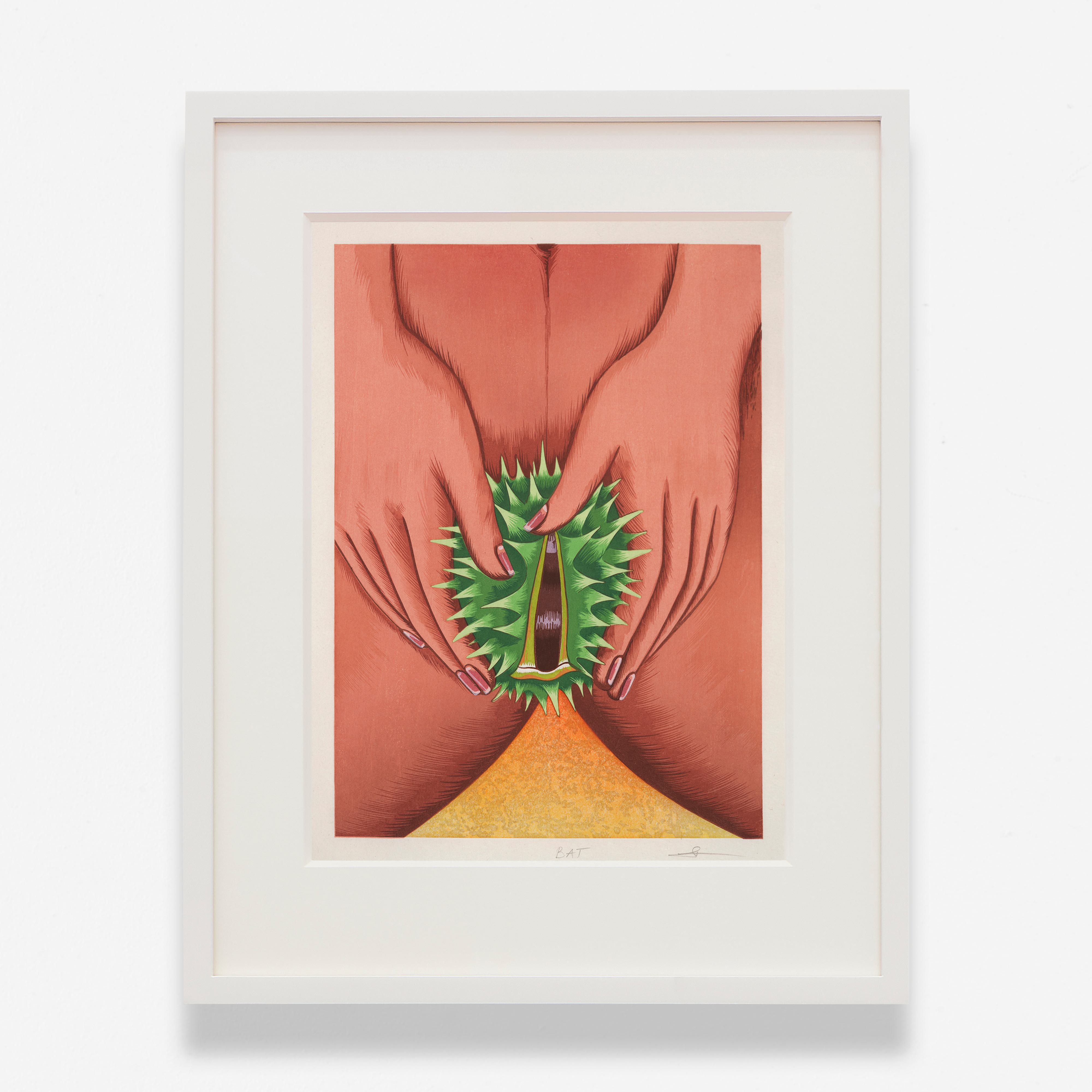
Julie Curtiss
Horse Chestnut
2023
Price upon request
Create an Account
To view available artworks and access prices.




